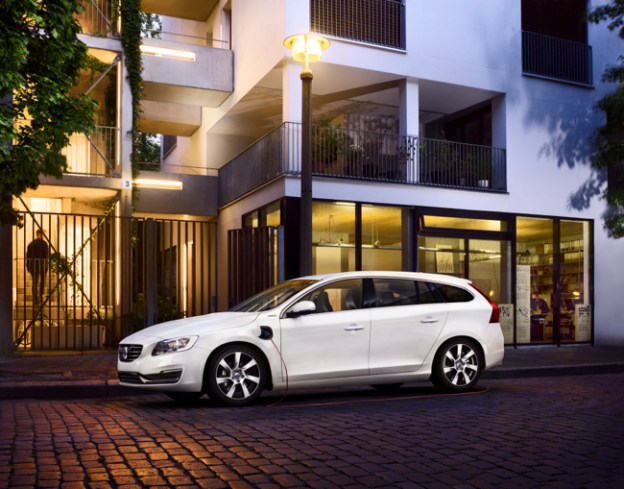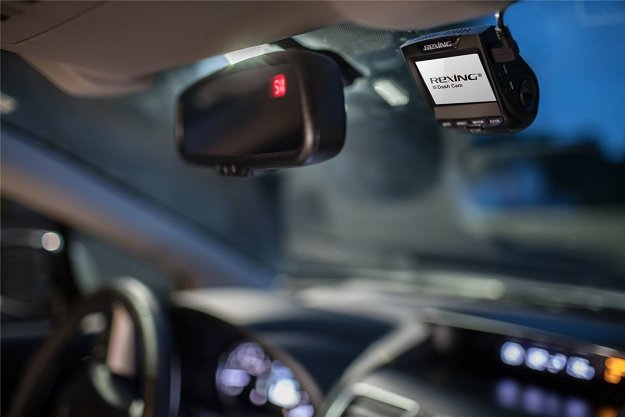 Europe has already gotten a taste of the Volvo V60 plug-in hybrid (PHEV), and soon, America likely will too.
Europe has already gotten a taste of the Volvo V60 plug-in hybrid (PHEV), and soon, America likely will too.
Volvo will show its greenest car at the 2013 New York Auto Show on March 28.
The V60 PHEV is a unique car, and not just because it’s Volvo’s first hybrid. This station wagon is also the world’s first production diesel-electric hybrid, according to the Swedish manufacturer.
A 2.4-liter turbodiesel inline-five sends 215 horsepower and 324 pound-feet of torque to the front wheels, while an electric motor sends 70 hp to the rear wheels for all-wheel drive grip.
Powering the electric motor is an 11.2-kWh lithium-ion battery pack, which Volvo says is good for 31 miles of all-electric driving in the “Pure” EV mode. That’s more than a Toyota Prius Plug-In (11 miles) or Ford’s Fusion Energi and C-Max Energi (21 miles). The Chevrolet Volt ekes out a slight advantage, with a 35-mile range.
When the V60 is operating as a hybrid, Volvo says it will return 130 mpg on the European cycle. We’ll have to wait for a V60 to be tested using the EPA’s procedure before making a comparison, but this plug-in should be pretty darn efficient.
Like Ford and Toyota, Volvo decided to convert an existing model into a plug-in instead of starting from scratch. The V60 is a wagon version of the S60 sedan. It’s predecessor, the V70, has sold here but the current model isn’t due to America’s wagon aversion.
Volvo hasn’t confirmed that the V60 PHEV will be sold in the United States, although the company is planning to announce “a new and exciting addition to the North American Volvo lineup” in New York.
Even if it is sold here, it won’t be easy to get. Introduced in 2012, only 1,000 units were produced initially. Volvo plans to build just 6,000 V60 PHEVs for the 2014 model year.
A plug-in Volvo probably won’t be cheap, either. European customers paid between $75,000 and $80,000 for their V60s.
We’ll have all the details about this unique Volvo next week when it plugs in at the 2013 New York Auto Show.


